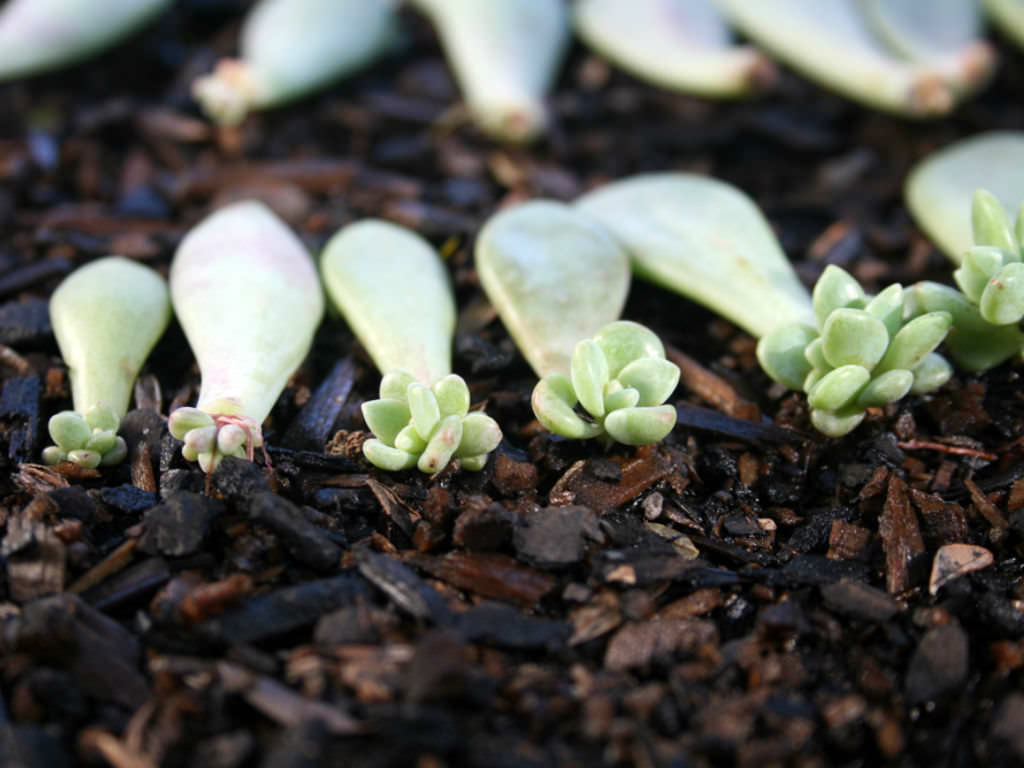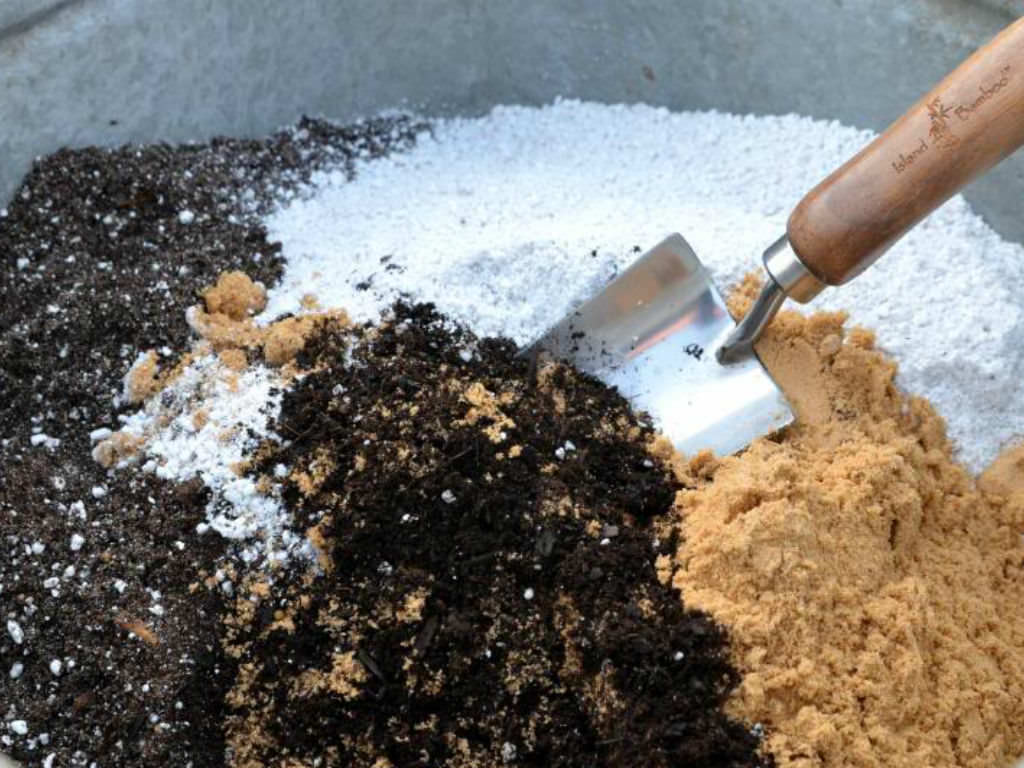Care for Succulents & Cacti: Essential Guide

Have you ever marveled at the resilience of succulents and cacti? These hardy plants thrive in some of the harshest conditions on Earth, making them perfect for both seasoned gardeners and beginners alike. But how do you care for succulents and cacti to ensure they flourish in your home or garden? Let's dive into the essentials of succulent and cacti care, from soil requirements to watering techniques and everything in between.
Understanding Succulents and Cacti
Succulents and cacti are often grouped together due to their shared ability to store water in their leaves, stems, or roots. This adaptation allows them to survive in arid environments. While all cacti are succulents, not all succulents are cacti. Cacti are a specific type of succulent with unique characteristics, such as spines and areoles.
Essential Care Tips for Succulents and Cacti
Succulent Light Requirements
Light is the lifeblood of succulents and cacti. Most species require plenty of sunlight to thrive. Place your indoor cactus or succulent near a south-facing window to ensure it gets at least six hours of bright, indirect light daily. If your plant starts to stretch or lean towards the light, it's a sign that it needs more sun.
Cacti Soil: The Foundation of Healthy Growth
The right soil is crucial for the health of your succulents and cacti. Cacti soil should be well-draining to prevent root rot. A mix of potting soil, perlite, and sand is ideal. You can also purchase pre-made cactus soil mixes from your local nursery or online retailers like Amazon.
Cactus Watering: The Art of Balance
Watering succulents and cacti can be tricky. Too much water can lead to root rot, while too little can cause the plant to wilt. The general rule is to water your plants deeply but infrequently. Allow the soil to dry out completely between waterings. A good way to check is to stick your finger about an inch into the soil. If it feels dry, it's time to water.
Succulent Propagation: Growing Your Collection
Propagating succulents is a fun and rewarding way to expand your plant collection. Most succulents can be propagated from leaf cuttings, stem cuttings, or offsets. Simply remove a leaf or stem, allow it to callus over for a few days, and then plant it in well-draining soil. Keep the soil moist but not waterlogged until the cutting roots.

Temperature and Humidity: Creating the Perfect Environment
Succulents and cacti prefer warm temperatures, typically between 70-80°F (21-27°C) during the day and a drop of about 10°F (5°C) at night. They can tolerate a wide range of humidity levels but generally prefer low to moderate humidity. Avoid placing your plants in areas with high humidity, such as bathrooms or kitchens.
Fertilizing: A Boost for Growth
While succulents and cacti can survive in nutrient-poor soil, they benefit from occasional fertilizing. Use a balanced, water-soluble fertilizer diluted to half strength. Fertilize during the growing season (spring and summer) and reduce or stop fertilizing during the dormant season (fall and winter).
Common Problems and Solutions
Overwatering
Symptoms: Yellowing leaves, mushy stems, and a foul smell. Solution: Reduce watering and ensure the soil is well-draining.
Underwatering
Symptoms: Wrinkled leaves, dry soil, and a shriveled appearance. Solution: Increase watering frequency but ensure the soil dries out between waterings.
Insufficient Light
Symptoms: Leggy growth, pale leaves, and a plant that leans towards the light. Solution: Move the plant to a brighter location.

Pests and Diseases
Symptoms: Visible pests, discolored leaves, and stunted growth. Solution: Use insecticidal soap or neem oil to treat pests. For diseases, isolate the plant and treat with a fungicide or bactericide as needed.
Conclusion
Caring for succulents and cacti is a rewarding hobby that can bring a touch of nature into your home. By understanding their light requirements, soil needs, watering schedules, and propagation methods, you can ensure your plants thrive. Don't be discouraged if you encounter challenges along the way; every plant parent makes mistakes. The key is to learn from them and keep trying.
FAQs
How often should I water my succulents and cacti?
- Water your plants deeply but infrequently. Allow the soil to dry out completely between waterings.
What kind of soil is best for succulents and cacti?
- Use a well-draining soil mix, such as a combination of potting soil, perlite, and sand.
How much light do succulents and cacti need?
- Most species require at least six hours of bright, indirect light daily.
Can I propagate succulents from leaves?
- Yes, many succulents can be propagated from leaf cuttings. Allow the leaf to callus over before planting it in soil.
What should I do if my succulent or cactus is not growing?
- Check the plant's light, water, and soil conditions. It may need more light, less water, or better-draining soil.
By following these guidelines and staying attuned to your plants' needs, you'll be well on your way to becoming a succulent and cacti care expert. Happy gardening!
0 Response to "Care for Succulents & Cacti: Essential Guide"
Post a Comment